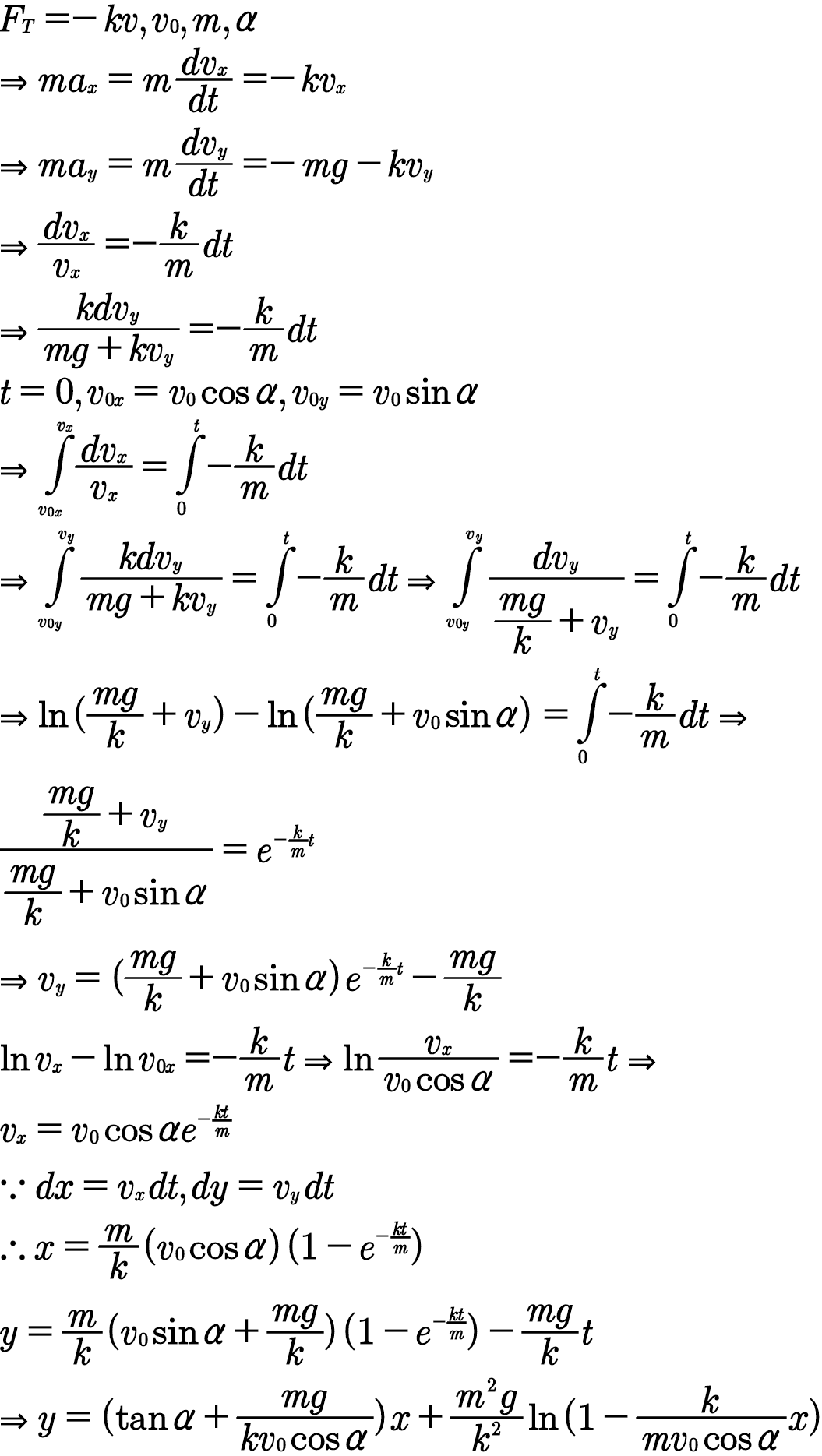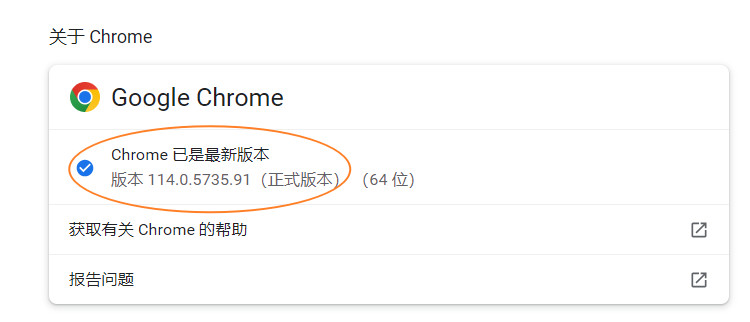HTML5 本身无法直接判断 app 是否安装。你需要借助一些技巧和变通方法,以下是几种常见的方案:
-
Universal Links/App Links (推荐方案):
这是目前推荐的最佳方案,它利用了操作系统级别的关联,能够更可靠地判断应用是否安装,并在安装的情况下直接打开应用,未安装的情况下则跳转到指定的网页。
- iOS (Universal Links): 需要在你的网站和 app 中进行配置,关联特定的域名。当用户点击链接时,iOS 会检查设备上是否安装了关联的 app,如果安装了则直接打开 app。
- Android (App Links): 类似于 Universal Links,也需要在网站和 app 中配置,关联特定的域名。Android 会校验链接的 ownership,确保链接指向的 app 是合法的。
优点: 用户体验好,跳转速度快,安全性高。
缺点: 配置较为复杂,需要服务器支持。 -
URL Scheme:
这是一种较老的方案,通过自定义 URL scheme 来打开 app。你可以尝试使用
iframe或window.location.href来打开 app 的 URL scheme,并在超时后跳转到应用商店或其他网页。function openApp(scheme) {var startTime = Date.now();window.location.href = scheme; // 尝试打开 appsetTimeout(function() {if (Date.now() - startTime < 3000) { // 设置超时时间,例如 3 秒window.location.href = "https://example.com/appstore"; // 跳转到应用商店或其他网页}}, 1000); // 延迟 1 秒检测,给 app 打开留出时间 }// 例如: openApp("myapp://");优点: 实现简单。
缺点: 可靠性较差,容易受到浏览器限制,用户体验不好,在 iOS 9.2 以上版本需要在info.plist文件中配置LSApplicationQueriesSchemes白名单。容易被滥用,部分浏览器已经禁用或限制了这种方式。 -
Intent (仅限 Android):
在 Android 平台上,可以使用 Intent 来尝试打开 app。这种方法类似于 URL Scheme,但更灵活。
function openAndroidApp(packageName) {var intent = "intent://#Intent;scheme=myapp;package=" + packageName + ";end";window.location.href = intent; }// 例如: openAndroidApp("com.example.myapp");优点: 比 URL Scheme 更灵活。
缺点: 仅限 Android 平台。 -
用户代理 (User Agent) 检测 (不推荐):
通过检测 User Agent 字符串来判断 app 是否安装。这种方法很不靠谱,因为 User Agent 很容易被修改,而且不同 app 的 User Agent 格式也不统一。
优点: 无。
缺点: 非常不靠谱,不推荐使用。
总结:
推荐使用 Universal Links/App Links,虽然配置略复杂,但用户体验和可靠性最好。如果无法使用 Universal Links/App Links,可以考虑使用 URL Scheme 或 Intent,但需要注意其局限性和潜在问题。避免使用 User Agent 检测,因为它非常不可靠。
无论使用哪种方法,都应该提供 fallback 机制,以便在 app 未安装的情况下引导用户到应用商店或其他网页。









